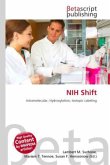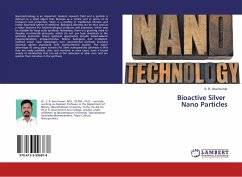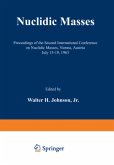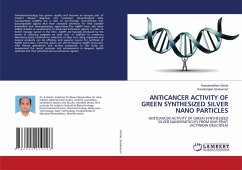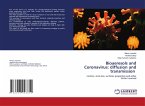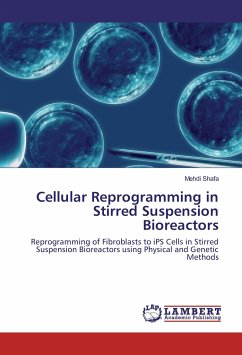The characterization of droplets and particles in a flow is of primary interest for many industrial processes. Not infrequently, well-known and commercialized measurement techniques must be improved and developed, since they are incapable of covering the very wide spectrum of applications.The goal of this work is the development of a measurement technique for the characterization of individual transparent and non-transparent particles and droplets as well as suspension or emulsion droplets in a flow. In the present study, the already known time-shift technique has been further developed and its optical configuration simplified. The improvements allow the time-shift technique to perform measurements in situations with limited optical access and also realize a highly compact design of the instrument for industrial use. Furthermore, a variety of optical configurations have been discussed and their advantages and disadvantages elucidated. The range of applications and the physical limitations of the time-shift technique in respect to the optical configurations and optical properties of particles and droplets to be characterized are quantified.In this study new validation criteria have been developed in order to use the time-shift technique for the reliable and simultaneous measurement of the size and the velocity as well as the relative refractive index of individual particles or droplets in a flow. The example measurements demonstrate the reliability and the accuracy of the time-shift technique for characterizing transparent particles and suspension or emulsion droplets.
Bitte wählen Sie Ihr Anliegen aus.
Rechnungen
Retourenschein anfordern
Bestellstatus
Storno


